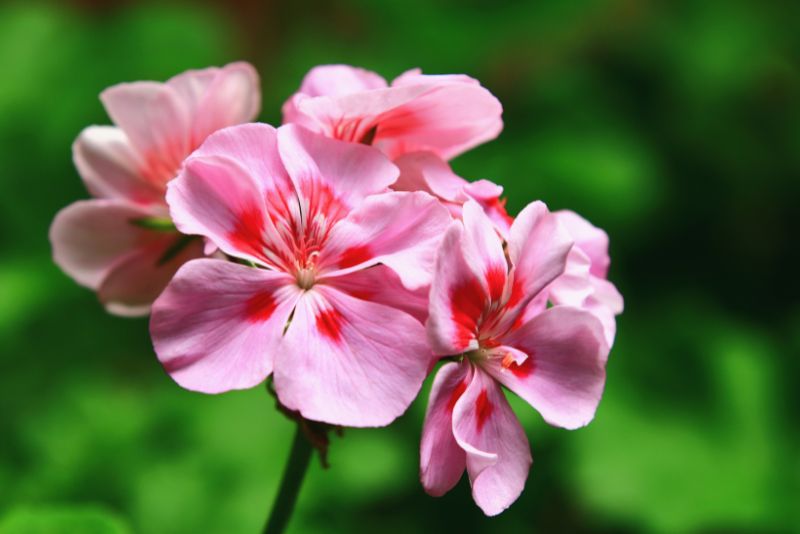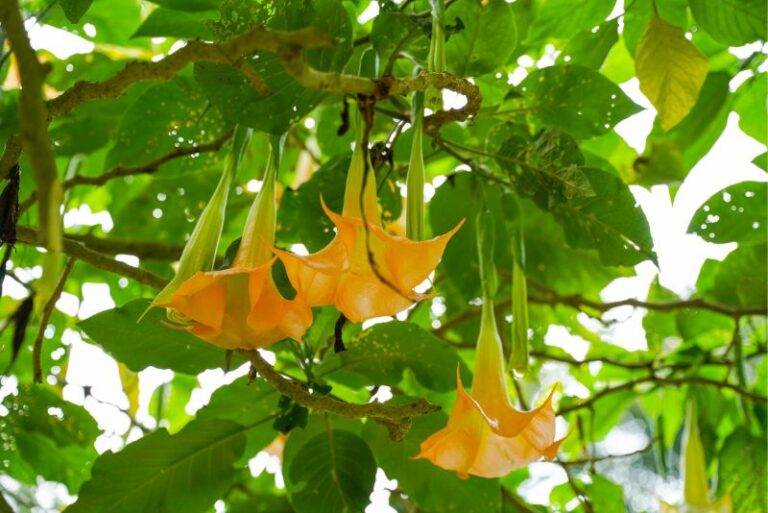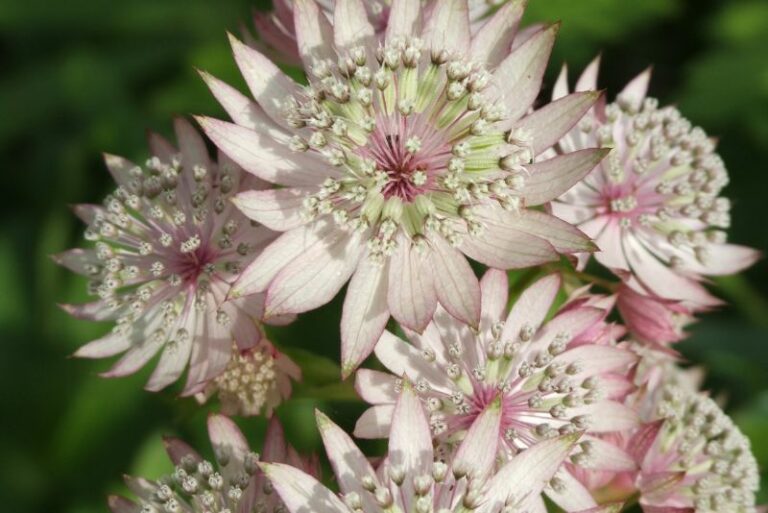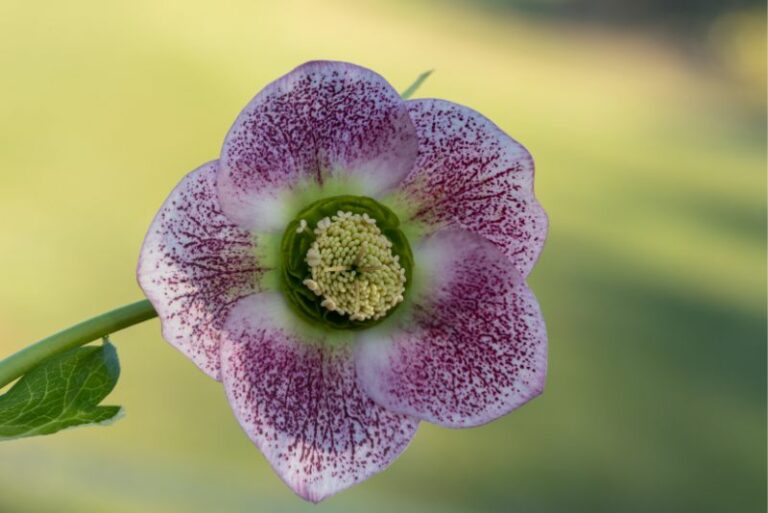Common Geranium Diseases and How to Address Them
Geraniums, with their vibrant flowers and fragrant leaves, are a beloved addition to any garden. However, these hardy plants are not immune to the perils of garden diseases. For gardening enthusiasts and horticulture professionals, understanding the common diseases that affect geraniums is crucial to maintain their health, vitality, and beauty. This comprehensive guide will explore four of the most prevalent geranium diseases, provide identification and treatment information, and empower you with preventive measures.
Common Geranium Diseases

1. Leaf Spot
Leaf spots on geraniums can be caused by various fungi or bacteria. These typically appear as small, water-soaked lesions on the leaves, which can later turn brown or black. As the disease progresses, the spots may enlarge or merge, leading to leaf yellowing and premature leaf drop.
2. Powdery Mildew
Powdery mildew is a common fungal infection characterized by a powdery white growth on the upper leaf surface. It thrives in environments with high humidity and moderate temperatures. The infected leaves can eventually become distorted and stunted, impacting the plant’s overall health.
3. Botrytis Blight
Botrytis cinerea, the fungus responsible for Botrytis Blight, typically affects geraniums in humid conditions. It causes a brownish-gray fuzz on the leaves and flowers, often leading to the collapse of the infected tissues. This disease is especially troublesome for geraniums grown in enclosed areas or over-wet environments.
4. Pythium Root Rot
Pythium species are water molds that cause root rot, leading to wilting and stunting of the geranium’s growth. This disease is particularly harmful in potted plants with poor drainage. Symptoms include a decline in the plant’s health, starting with the lower leaves, and eventual death if left unchecked.
Identification and Symptoms
Early identification of geranium diseases is critical for effective management. Here’s how you can identify each disease by their symptoms:
Leaf Spot
Look for circular lesions with dark brown margins and a lighter center on the leaves. If humidity is high, you may notice a white webbing on the underside of the leaves, which indicates a spider mite infestation exacerbating the disease.
Powdery Mildew
The first signs are patches of grayish-white powder on the leaves. These patches can coalesce, covering the entire leaf and making it susceptible to secondary infections.
Botrytis Blight
Infected geraniums show water-soaked spots that eventually dry out and develop the characteristic gray fuzz. In severe cases, the infection can spread to unopened flower buds, causing them to rot.
Pythium Root Rot
Affected plants may appear wilted or exhibit stunted growth. The roots themselves may be discolored, mushy, and have a foul odor.
Preventive Measures
Implementing good gardening practices can significantly reduce the risk of geranium diseases. Here’s a list of preventive measures:
Proper Watering Techniques
Avoid overwatering, which can lead to fungal outbreaks. Ensure your geranium’s soil drains well, and water directly onto the soil to keep the leaves dry.
Adequate Sunlight and Ventilation
Geraniums prefer full sunlight and good air circulation. Place them in spots where they can receive at least 6-8 hours of sunlight, and avoid overcrowding plants to control moisture levels in their environment.
Soil Drainage Improvement
Regularly check the condition of your geranium’s soil. If it becomes compacted or does not drain properly, amend it with organic matter to improve aeration and drainage.
Treatment Approaches
When disease strikes, swift action is necessary. Here are the steps to take when treating common geranium diseases:
Organic Remedies
Use organic fungicides like neem oil or copper sulfate, which can help control fungal infections without harmful side effects.
Fungicides and Treatments
For severe cases, you may need to resort to conventional fungicides. Always follow the label instructions carefully and consider rotating between different types to prevent resistance.
Case Studies or Examples
The best way to learn is through experience. Consider these real-life scenarios:
Wilted Roots and Recovery
After noticing symptoms of Pythium Root Rot in geraniums, a gardener immediately repotted the plants in a well-draining medium. With proper watering and airflow, the geraniums quickly recovered.
Successful Powdery Mildew Control
A gardener combating powdery mildew introduced natural predators, such as ladybugs, to control the aphid population that was contributing to the disease spread. Coupled with neem oil treatments, the geraniums were able to overcome the infection.
Conclusion
Proactive care and early intervention are key to maintaining the health of your geraniums. By familiarizing yourself with the common diseases that affect these plants, you are better equipped to provide the care and protection they need. Remember to always observe your plants, practice good cultural techniques, and be ready to implement suitable treatments. With these tools in your gardening arsenal, you can enjoy vibrant and disease-free geraniums in your garden for years to come.






